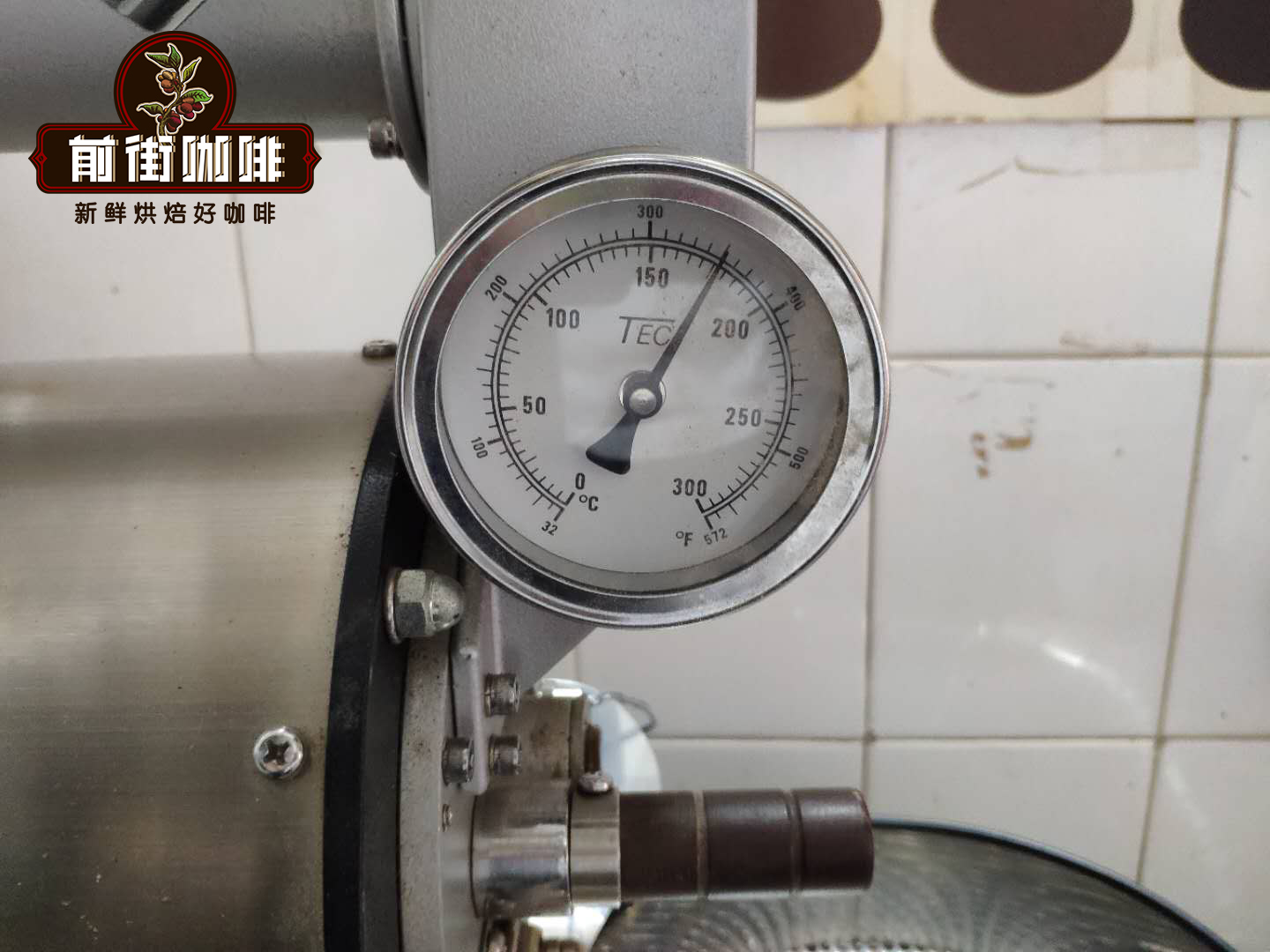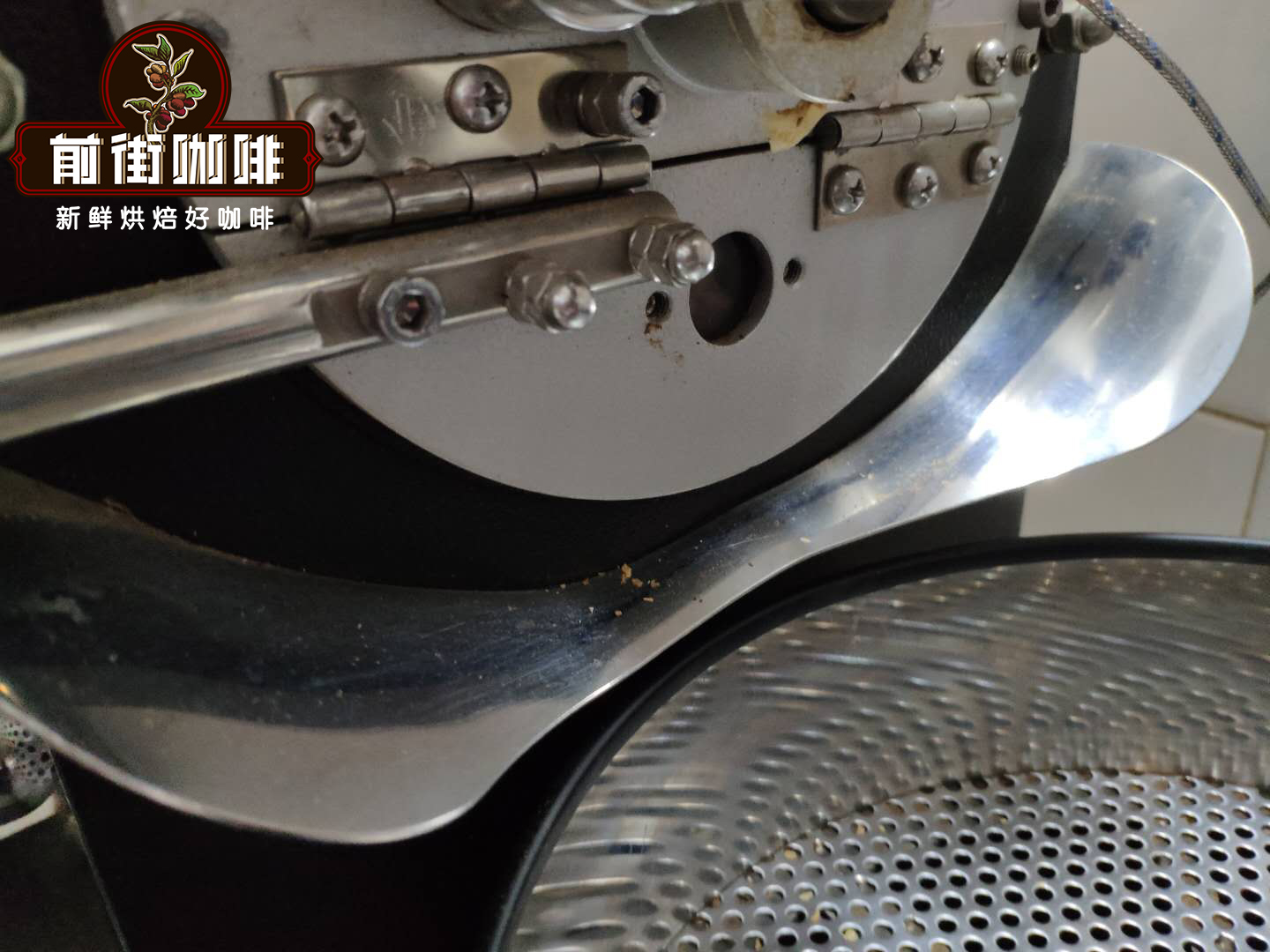A detailed explanation of the whole process of coffee roasting which key points should be paid attention to in shallow roasting in northern Europe how to learn coffee roasting

The roasting process of coffee will undergo complex chemical and physical changes such as caramelization and Maillard reaction. The bean body "expands" and the charming aroma and flavor of coffee are released. Today, let's take you to understand the whole process of coffee roasting from scratch.
Different baking stages
There are many critical stages in roasting. The so-called different roasting mode (roast profile) is to see how fast a serving of coffee beans goes through each stage. Many bakers carefully write down the records of each baking so that each baking can be reproduced with minimal error between temperature and time.

The first stage: removal of moisture (dehydration stage)
Raw coffee beans contain 7%-11% moisture, which is evenly distributed in the tight structure of the whole coffee bean. when there is more water, the coffee beans will not turn brown. This is the same as browning food when cooking.
After the coffee beans are poured into the dryer, it takes some time for the coffee beans to absorb enough calories to evaporate the excess water, so a lot of heat is needed at this stage. The appearance and smell of coffee beans will not change significantly in the first few minutes.
The second stage: turning yellow
After the excess water is taken out of the coffee beans, the first stage of browning begins. The structure of coffee beans is still very tight at this stage, with aromas similar to Indian rice and toast. Soon, the coffee beans begin to expand, the silver skin on the surface begins to fall off, and the exhaust device of the bean dryer is discharged into the silver skin collection bucket, where the silver skin is removed and moved elsewhere to avoid causing a fire.
The first two stages are very important: if the moisture of the raw coffee beans is not properly removed, the coffee beans cannot be roasted evenly in the subsequent roasting stage. Even if the coffee bean looks good on the outside, it may not be fully cooked on the inside, and the cooked flavor is very unpleasant, with the bitter taste of the coffee bean surface, as well as the sharp sour and grassy taste of the bean core. After this stage, it is difficult to save even if you slow down the baking rate, because different parts of the same bean develop at different rates.

The third stage: the first explosion
When the browning reaction accelerates, a large amount of gas (mostly carbon dioxide) and water vapor begin to be produced in the coffee beans. When the internal pressure increases too much, the coffee beans begin to burst, make a crisp sound, and swell to nearly twice the size. At this time, the flavor of coffee as we know it begins to develop, and the bean baker can choose when to finish baking.
The bean baker will find that if the same firepower is used, the rate of temperature rise will slow down, and if the heat energy is too low, it may cause the baking temperature to stagnate and the coffee flavor to be dull.
The fourth stage: flavor development stage
After the first explosion, the surface of the coffee beans will look smoother, but there will still be a few wrinkles. This stage determines the final color depth of the coffee and the actual depth of roasting. The bean baker has to squeeze the sour and bitter taste of the cooked bean product. The longer the coffee is roasted, the stronger the bitter taste.

Stage 5: the second explosion
At this stage, the coffee beans burst again, but the sound was more subtle and denser. Once the coffee beans are roasted to the second explosion, the internal oil will be more easily brought to the bean surface, and most of the sour taste will fade and produce a new flavor, often referred to as "baking flavor". This flavor does not vary according to the type of beans, because it is caused by carbonization or coking, rather than from internal flavor components.
Roasting coffee beans deeper than the second explosion is dangerous and can sometimes lead to fires, so be more careful when using large commercial bean dryers.
In the field of coffee roasting, there are baking depths such as "French roasting" and "Italian roasting", which all refer to coffee beans roasted to a very deep depth, with a typical high concentration and strong bitterness, but the personality of most beans will disappear. Even though many people like the flavor of heavily roasted coffee, if you want to know the flavor and personality of high-quality coffee from different producing areas, it is recommended not to choose heavily roasted beans.
Important Notice :
前街咖啡 FrontStreet Coffee has moved to new addredd:
FrontStreet Coffee Address: 315,Donghua East Road,GuangZhou
Tel:020 38364473
- Prev

What is the traditional Indian drink Chai latte Chai Latte? How to make a latte?
Chai Latte coffee is hot, fragrant, slightly spicy and popular in cafes everywhere. But despite the fact that it is served in a coffee shop and named after a latte, it doesn't actually contain any coffee at all. Chai is one of the oldest tea drinks in the world. It originated in India thousands of years ago, in the past two.
- Next

Brewing flavor and taste characteristics of Nicaraguan coffee beans in Nicaraguan coffee producing area
Professional coffee knowledge exchange more coffee bean information Please pay attention to the coffee workshop (Wechat official account cafe_style) mention Niagara, can think of Niagara Falls, coffee is rarely mentioned. In fact, the growing conditions in Nicaragua are not inferior to those in Central American countries, and the coffee produced is characterized by a balanced taste. I bought three Nicaraguan models a while ago.
Related
- Beginners will see the "Coffee pull flower" guide!
- What is the difference between ice blog purified milk and ordinary milk coffee?
- Why is the Philippines the largest producer of crops in Liberia?
- For coffee extraction, should the fine powder be retained?
- How does extracted espresso fill pressed powder? How much strength does it take to press the powder?
- How to make jasmine cold extract coffee? Is the jasmine + latte good?
- Will this little toy really make the coffee taste better? How does Lily Drip affect coffee extraction?
- Will the action of slapping the filter cup also affect coffee extraction?
- What's the difference between powder-to-water ratio and powder-to-liquid ratio?
- What is the Ethiopian local species? What does it have to do with Heirloom native species?

